ZTE SPRO 2 Review

Introduction
There’s just so much tech already crammed into the sleek bodies of our mobile devices that every inch of real-estate is maximized, leaving very little room for any added luxuries. Projectors are uncommon in smartphones, but they do exist – evident by past things like the LG eXpo and Samsung Galaxy Beam. Don’t get us wrong, the concept is undeniably cool, where a projector is somehow fashioned into a smartphone, but sometimes the end result is just a lackluster experience with the projector. Rather than attacking it from the same angle as some other folks, the ZTE SPRO2 does it the opposite way. Essentially, what we have here is a projector meeting a smartphone, and not the other way around.
Design
Right from the onset, there’s no denying that ZTE first wanted this thing to be a dedicated projector, which is plainly made obvious by its boxy design. Unlike traditional projectors, though, this is far more compact in size and weight – giving it that mobile attachment, if you want to take along with you. However, for a smartphone, it’s nowhere on the same level that would allow us to put it in our back pocket. And it’s pretty heavy for a mobile device at 19.4 oz, but to be fair, it is packing along a monster sized 6300 mAh battery – while most of the components that make up a smartphone and much more.
Around the back end of the unit, it carries a host of ports that give it added versatility over most mobile devices. Specifically, we have its power port, USB 3.0 port, microSD card slot, SIM slot, 3.5mm headset jack, and a full-sized HDMI port. The latter is especially useful, seeing we can connect another device, like a video game console, so it can be connected to the unit’s projector. Rounding out its features set, it packs a quad-core 2.3GHz Qualcomm Snapdragon 800 MSM8974 processor, 2GB of RAM, 16GB of internal storage, dual-band 802.11 b/g/n Wi-Fi, and Bluetooth 4.0 with EDR. The only thing lacking here is a camera of some sort.
Display
On its façade, it’s dominated by a 5-inch 1280 x 720 touchscreen, which is set up in a landscape format. Surprisingly enough, it bears some pretty good qualities that make it usable – it’s detailed enough, bright, sports decent viewing angles, and colors are on the neutral side. Beneath that, we have the usual trio of dedicated Android buttons – with the physical power button further down.
Interface
Yes folks, this is a mobile projector that allows us to project ZTE’s customized “ZPath” Android 4.4.4 KitKat experience onto any surface. And it’s a fully-functioning Android experience, too, complete with access to the Google Play Store, as well as the same apps and services we’re familiar using with our mobile device. The homescreen is arranged in a tile pattern layout, where we can switch between panes by pressing on the corresponding categories lining the top of the homescreen. Generally speaking, most of the apps we’re used to run similarly through the ZTE SPRO 2 – albeit, just holding the unit and interacting with the platform is a little awkward due to the unit’s unconventional smartphone design.
Projector
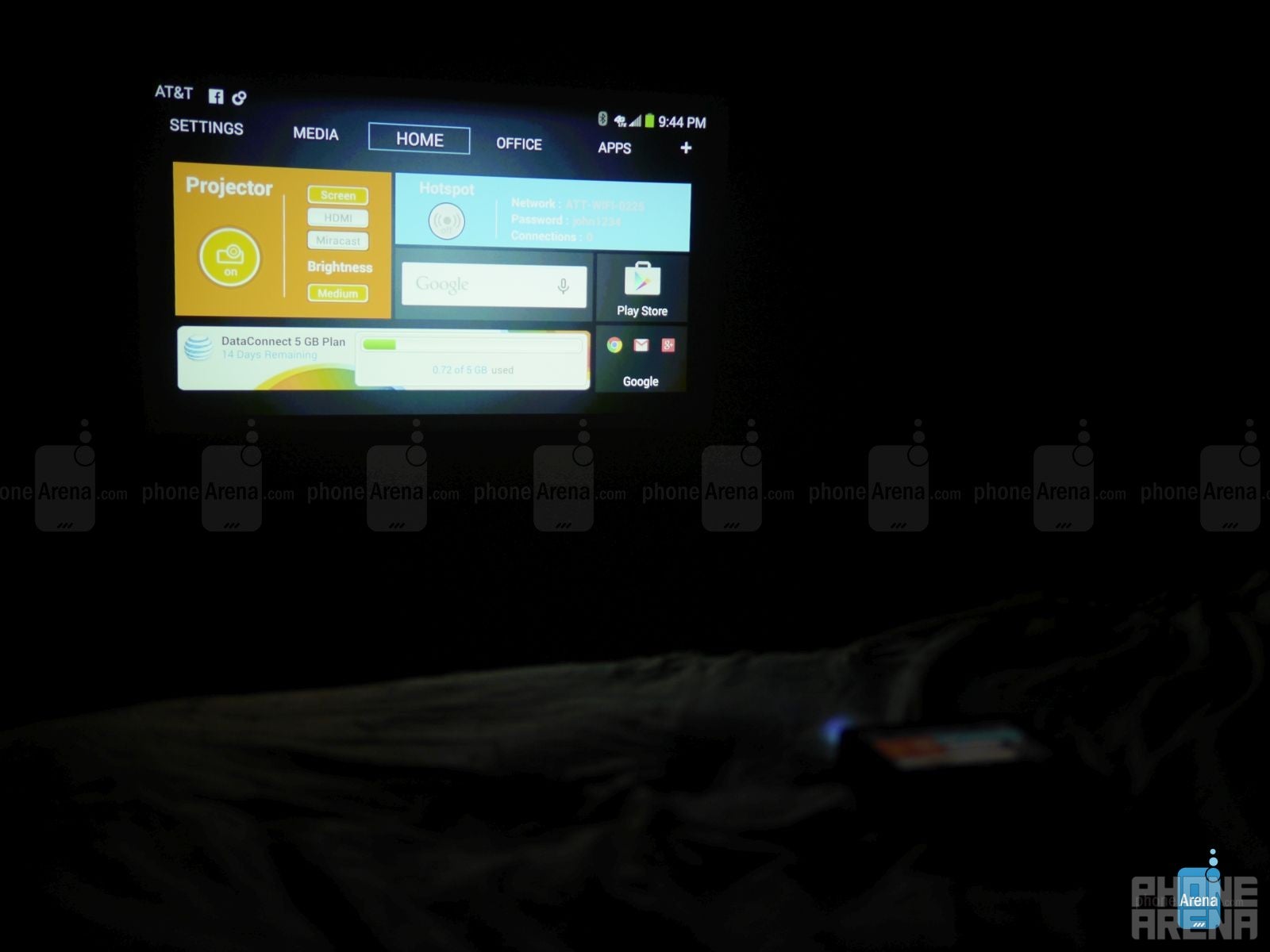
Capable of delivering 200 lumens of brightness with its LED bulb, it’s certainly bright enough to enjoy in dimly lit settings. Of course, at its maximum suggested size of 120-inches, details are a little compromised, but there’s enough ample lighting to enjoy watching movies, delivering PowerPoint presentations, and much more through it. Gamers, too, will see the benefit in this because a gaming console can be attached to it via the HDMI port for that real gaming console experience anywhere you want. And if you want more of that mobile gaming experience, you can pair any one of those Bluetooth game pads to it to achieve that.
Another useful feature with the ZTE SPRO 2 is its auto adjustment with keystone correction, which will adjust for image distortion caused by the projector's placement. Instead of having a trapezoidal projection, the SPRO 2 will automatically correct the projection for the perfect fit – so that the image is squarely hitting the surface it's being projected onto. Of course, the automatic adjustment is great, as well as its focusing, but the two can always be manually adjusted if needed.
Battery
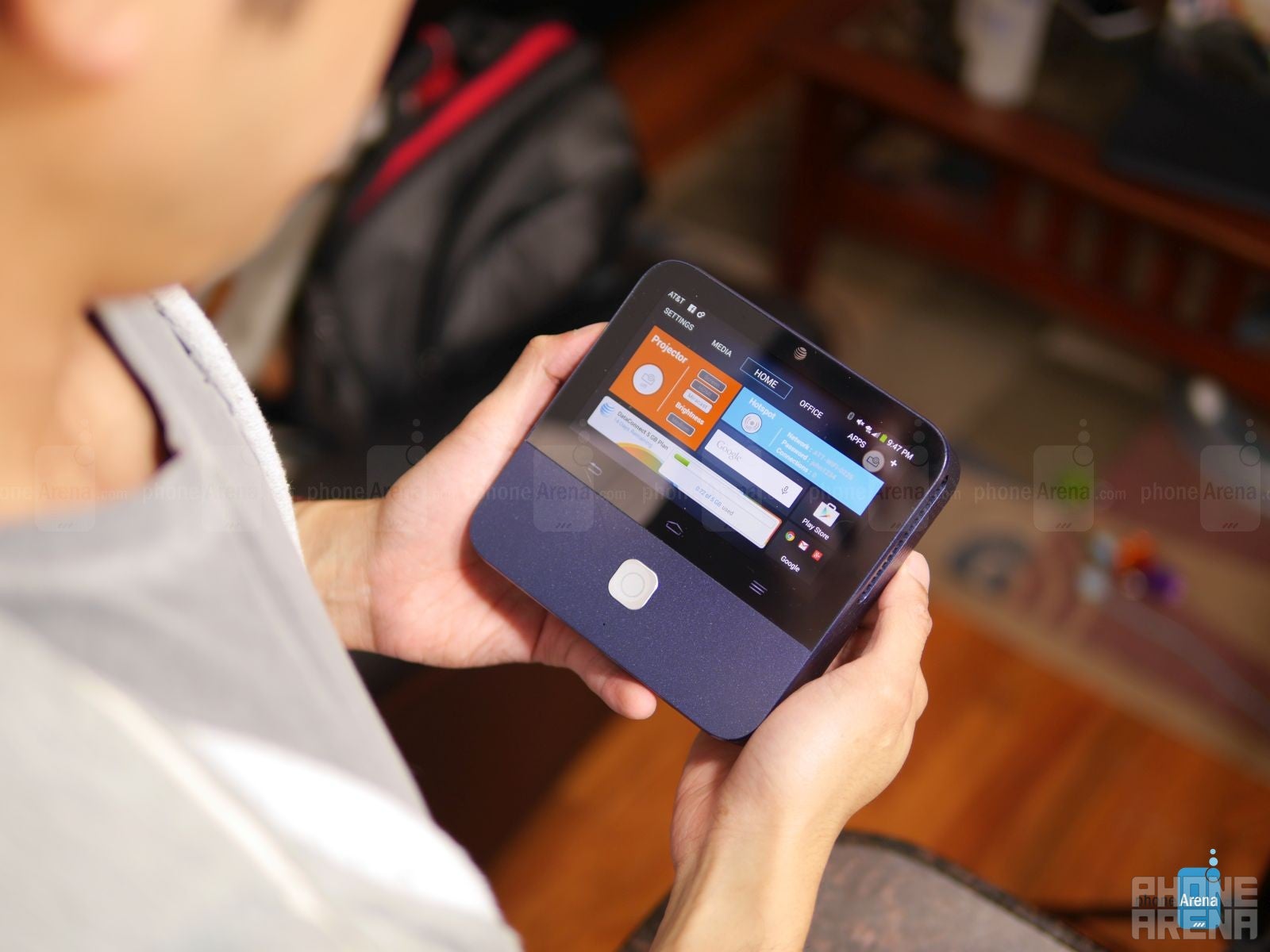
Without using the projector, the ZTE SPRO 2 is one long-lasting thing with its hefty 6300 mAh – leaving us at only 70% capacity after one day. Conversely, using it to watch videos casually, those that are stored locally on the unit, as opposed to streaming, it’s able to last us a little over 2 hours of continuous use, which is enough for most movies.
Conclusion
It’s a projector, mobile hotpot, and a smartphone. True, there’s a higher degree of versatility with this thanks to its included set of ports, like its full-sized HDMI and USB 3.0 ports, as well as its access to the full power of the Android experience, but the one thing that jostle people – its hefty pricing. This all-in-one solution doesn’t come cheap at all, especially when you find out its price at $399.99 with a 2-year contract. However, the shock is lessened if we’re to look at its $10 per month cost via AT&T’s Mobile Share Value Plan, and even its full outright cost of $499.
Indeed, fully functioning and dedicated projectors can run lower in cost than the ZTE SPRO 2, but you can’t neglect the fact that this thing is substantially more mobile than them – while also offering the rich features of a smartphone. Needless to say, this isn’t for everyone, but it very much suits business oriented folks who need that all-in-one solution for travel. Honestly, if you intend on picking this up, it’s best to purchase it outright.

Follow us on Google News

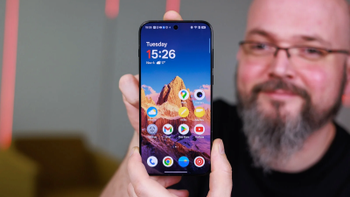
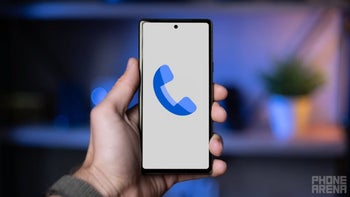
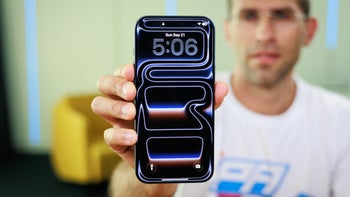
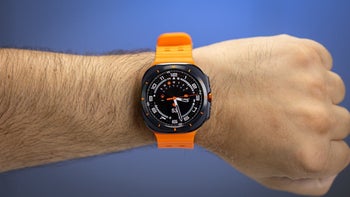
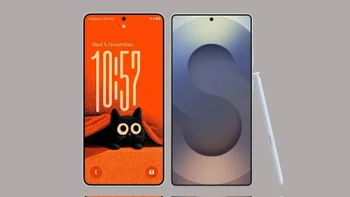
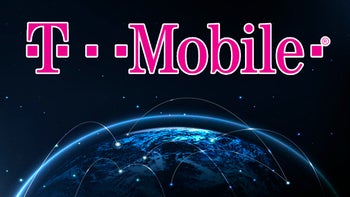
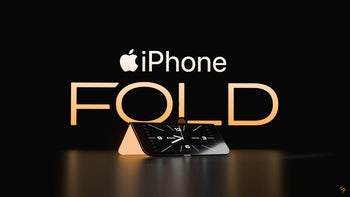
![A new Android bug is making it impossible to install new apps. Are you affected? [UPDATE]](https://m-cdn.phonearena.com/images/article/176703-wide-two_350/A-new-Android-bug-is-making-it-impossible-to-install-new-apps.-Are-you-affected-UPDATE.webp)
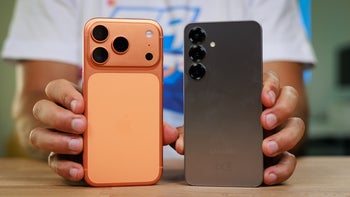
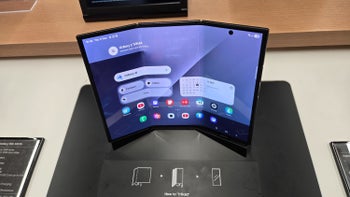
Things that are NOT allowed:
To help keep our community safe and free from spam, we apply temporary limits to newly created accounts: